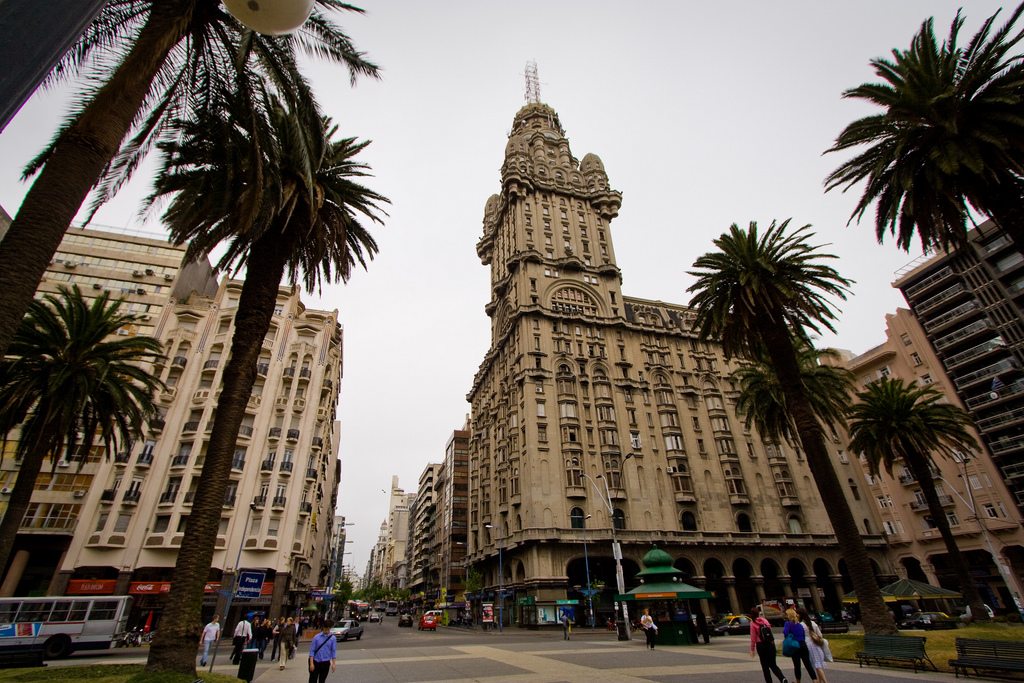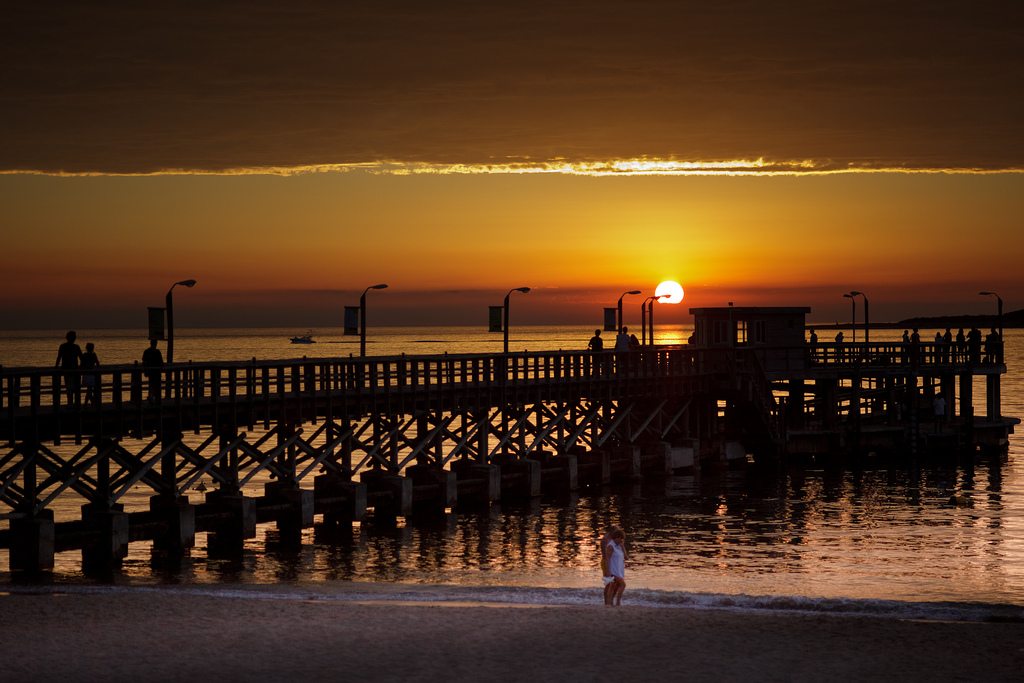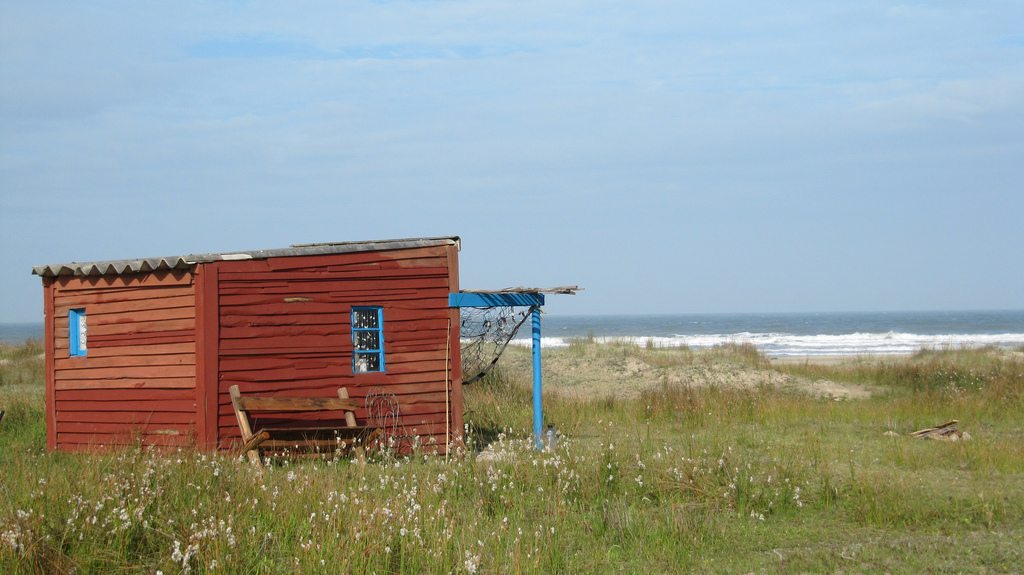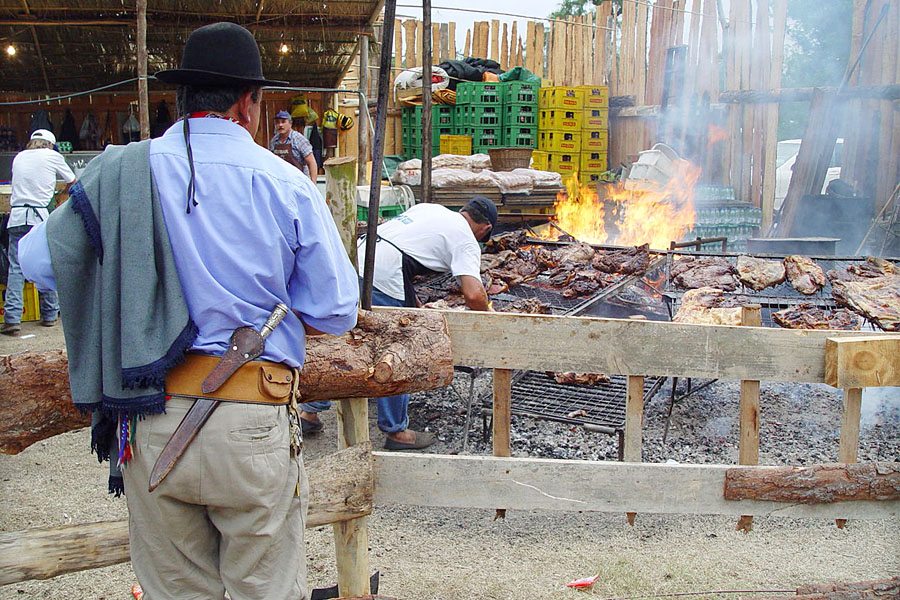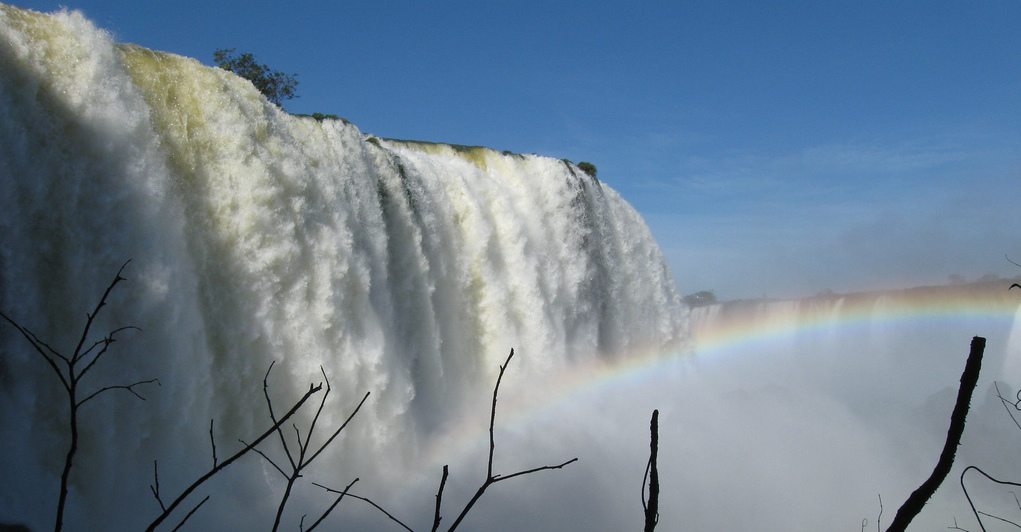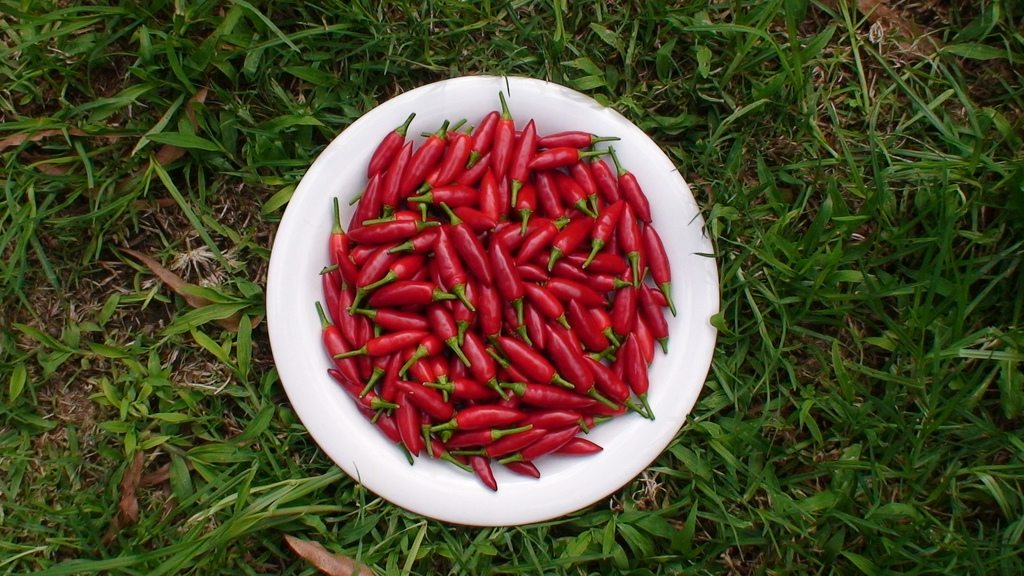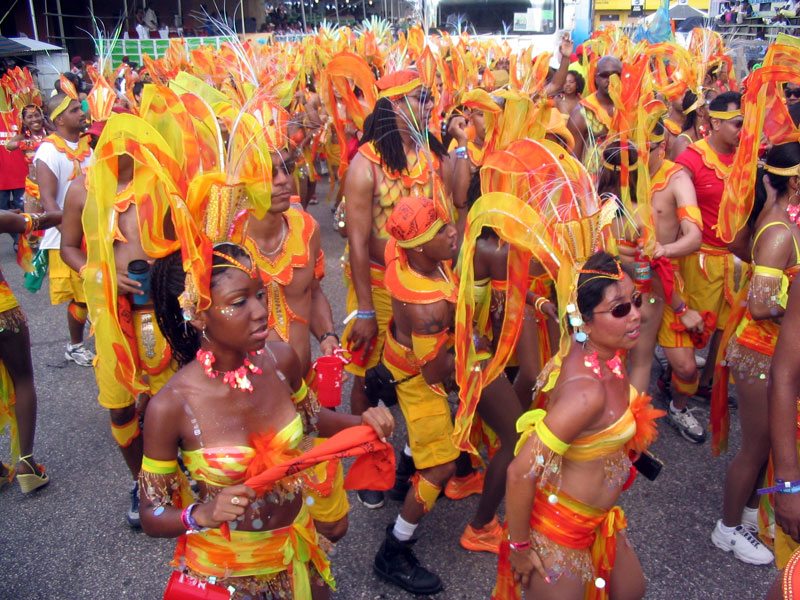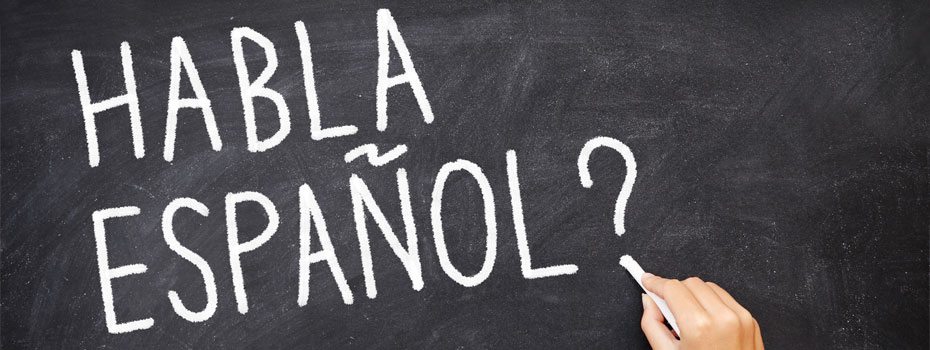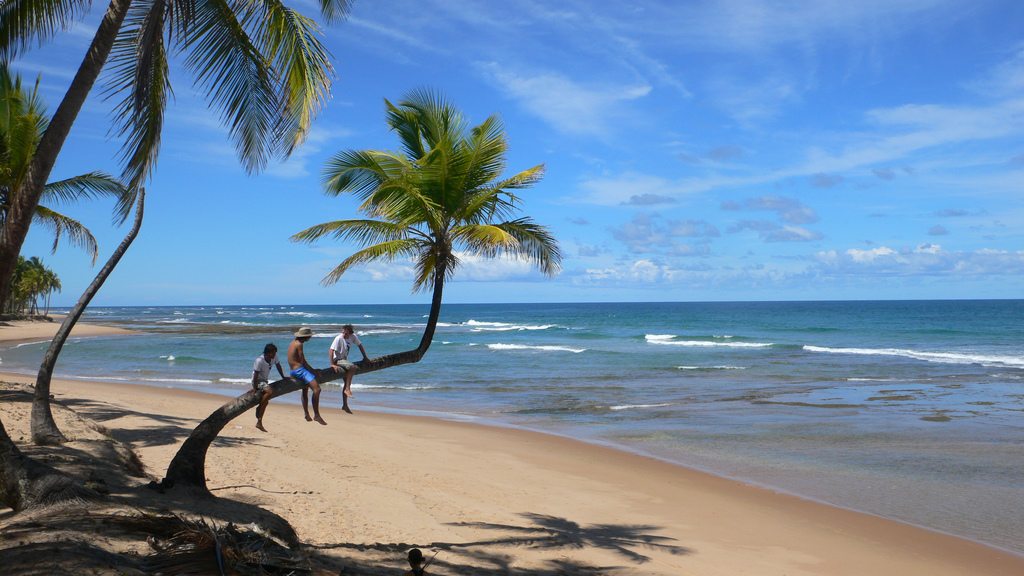
Uruguay: More Than A Pot Smokers Paradise
When considering travel destinations in South America, people might include Brazil, Peru, Chile, Argentina or Colombia in their list of top options. But how about a tiny country with pristine beaches, a former gun-wielding guerilla as president, and social policies that are the envy of liberal politicians around the world?
Until recently, Uruguay was largely overlooked, comfortably nestled between its giant neighbors, Argentina and Brazil. The country of 3.4 million has been one of South America’s best-kept secrets. But within the last year, Uruguay started making international headlines. And we’re not talking about Luis Suarez’s biting incident during the World Cup, either.
Beginning in November of 2014, Uruguay will become the world’s first nation to legalize the cultivation, consumption and sale of marijuana. Weed lovers the all over the world are rejoicing, hailing the country’s leader as a hero. In 2009, José Mujica, a 74-year-old former Marxist revolutionary became president. Quite the achievement for someone that was shot six times trying to overthrow the government, then imprisoned and tortured for 14 years.
When Mujica was released in 1985, he renounced violence, entered politics, and eventually won election to the nation’s highest office. Little Uruguay started to make some big waves. Mujica and his left-wing coalition helped bring the country out of recession, all the while legalizing gay marriage and abortion.
However, the achievement that gave Mujica cult status and brought Uruguay into the international spotlight came in December of 2013 when its marijuana legalization policies made pot activists, and politicians alike, want to spark one up.
Bad news for foreign weed tourists
If you’re looking to stroll Montevideo’s historic Old Town, taking in the colonial churches and Art Deco buildings while puffing on a joint, or choosing to lounge the day away on one of Punta del Este’s many fine beaches, passing the bong amongst your friends, then I’m sorry to inform you, it’s time to put your lighter away.
Even though it’ll be tempting to take advantage of the ultra cheap, one-dollar-a gram cost of Uruguay’s marijuana (meant to draw pot smokers away from the illegal market), only citizens and residents of the country will be allowed to purchase it. Bummer, dude. This is a law aimed at limiting international weed tourism.
Even your new Uruguayan friends will face limitations. Citizens or residents may buy no more than 40 grams of marijuana per month at pharmacies, in batches not to exceed 10 grams. Now, let’s do some quick math here: 40 grams a month equals 10 grams a week, or roughly 20 joints. 20 joints a week is about 3 joints a day. That’s more than enough for a Uruguayan to share with potential new friends, don’t you think?
Regardless, whether you manage to get high on second-hand smoke or not, here’s a sampling of what to check out in Uruguay.
Montevideo
Home to nearly half the nation’s population, the capital city is eclectic, vibrant and rich in cultural history. Photo: Mike D.
- Ciudad Vieja, or Old Town, hosts a flea market where you can pick up vintage gaucho knives with intricate silver handles, unpolished amethyst slabs and fine-art prints from the ‘60s and ‘70s.
- If you want late-night meals and drinks (served till 3am), and are interested in rubbing shoulders with the city’s young, bohemian artist types, then an unmarked bar on the corner of Paullier and Guaná Streets is the place for you.
- For music lovers, Candombe is indisputably Uruguayan. Played by bands of up to 40 musicians, this percussive folk music is a fusion of African rhythms created by Montevideo’s black population in the 19th century. Join the locals in Barrio Sur and Palermo who come out to hear La Facala play every Saturday at the intersection of Ejido and Cebollatí Streets.
Punta del Este
If you like glamour and glitz, head two hours east of Montevideo, to Punta del Este, Uruguay’s seaside resort town made famous in the 1950s by Frank Sinatra. Ever since, the town’s spectacular beaches, plentiful casinos and luxury hotels have become the playground for the world’s biggest stars. Photo: Jimmy Baikovicius
Cabo Polonio
For the polar opposite to Punta del Este drive two-hours north to Cabo Polonio–a quiet, seaside hippy colony set up around an old lighthouse. If rustic, off the grid, candle-lit cabins appeal to you, Cabo Polonio and its surrounding beach is worth a visit. But keep in mind, come January the local population swells from 50 to a few thousand. Photo: iAudioguide.
Tacuarembó
Away from the bustle of the city and the tan lines of the beach, are the sycamore-lined streets of Tacuarembó, in the heart of gaucho country. Celebrated by scores of Latin writers, the rugged South American gauchos (cowboys) in this northern town are the real deal. Don’t be surprised if they don’t partake in the smoking of pot. Photo: Vince Alongi
The news of a small South American country legalizing marijuana is overshadowing what has been known for decades by astute travelers– Uruguay is affordable, liberal, charming, culturally rich and bursting with natural beauty. It surely won’t be South America’s best-kept secret for long.



